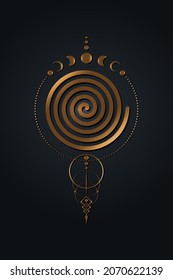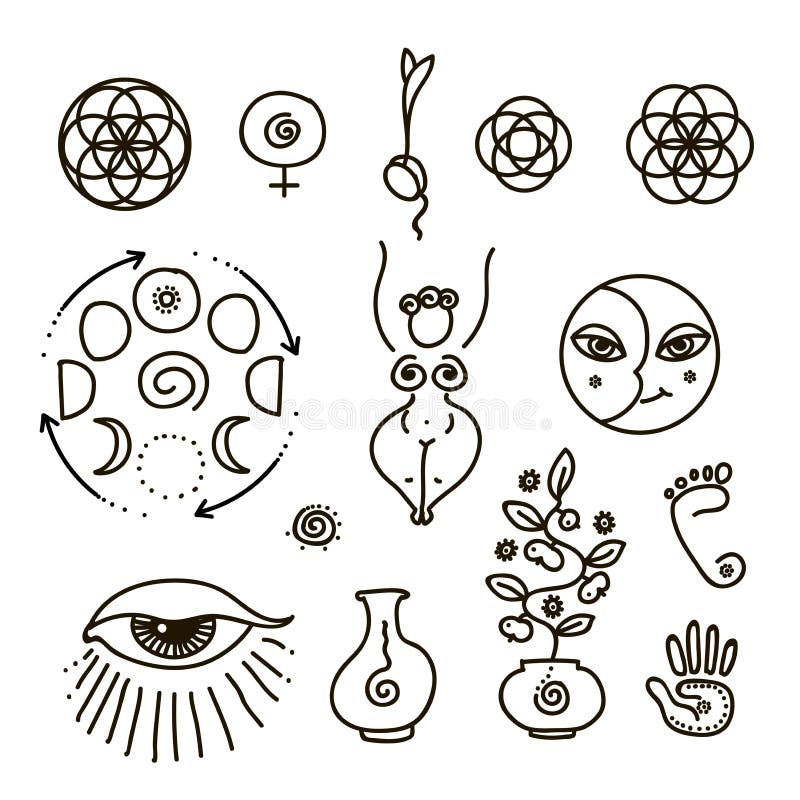
In this form, she typified the prevailing attitudes towards women and sex. Like Eve, Mary Magdalen was associated with the dangers of the flesh. The Church's presentation of Mary Magdalen as a whore was a convenient counter-type to Mary the virgin. The author is a prominent spiritual leader.Professor Christopher Witcombe, Art HistoryĬONTENTS & SCHEDULE RESOURCES Mary Magdalen and the Sacred Feminine The festival of Navaratri is based on this fundamental insight. Life is a mystery, and will always remain one. You can enjoy it, celebrate its beauty, but never understand it. The cultures that traditionally venerated the goddess knew that there is much in existence that can never be understood. This has always been the secret of life: to be non-serious but absolutely involved. What is the best way to approach Navaratri? In a spirit of celebration. If you have to bring Saraswati down, you have to strive. The third is anĪspiration to transcend, to go beyond. The first two dimensions of the devi are needed for human survival and wellbeing. We do have the capability, however, to break the cycle. The cosmos emerges from a state of inertia, becomes dynamic, and subsides into inertia once more. This happens not just to us as individuals, but also to the galaxy, and the entire universe. After a while, we fall back into inertia once again. As human beings, we arise from the earth and are active. This is not merely symbolic, but true on an energy level as well. The tenth day, Vijayadashami, signifies the triumph over all these three aspects of life. The first three days are dedicated to Durga, the next three to Lakshmi, and the last three to Saraswati. The nine days of Navaratri are classified according to these basic qualities. Those who aspire for knowledge, dissolution or the transcendence of the limitations of the mortal body worship Saraswati or the Moon. Those who aspire for wealth, passion or material gifts worship Lakshmi or the Sun. Those who aspire for strength or power worship forms of the feminine such as Mother Earth or Durga or Kali. Durga, Lakshmi and Saraswati are seen as three dimensions of the feminine, symbolic of the earth, the Sun and the Moon, or of tamas (inertia), rajas (activity, passion) and satva (transcendence, knowledge, purity) respectively. The Indian festival of Navaratri (that usually happens in October) is dedicated to the feminine nature of the divine. But because it is too deep-rooted, it cannot be entirely erased. In most devi temples, the core worship is conducted by just a small group of people. Because we have become so male-dominated, goddess worship is conducted in a largely clandestine way even in this country. This is a terrible loss, not easy to reclaim.Īn unfortunate consequence of modern education is that we want to destroy anything that doesn’t appeal to our sense of logic or reason. If the feminine is lost, everything that is beautiful, gentle, non-competitive and nurturing in the world life will vanish.

An even greater tragedy is that many women feel they must become like men, because they understand that masculinity spells power. The subjugation of the feminine in such a world is inevitable. When economics rules, when the subtler and finer aspects of life are ignored, the masculine will naturally dominate. Economics has become the driving force, not aesthetics, or dance, or music, or love, or divinity, or meditation. In every village in South India, you can find an amman or goddess temple even today.The masculine has become important in society today simply because we have made the survival process paramount in our lives.

The science of consecration enabled each village to make its own temple according to its specific local requirements.

This is also a culture that gave us the freedom to create our own goddesses according to our needs.

India, however, is one culture in which the worship of the feminine has endured.


 0 kommentar(er)
0 kommentar(er)
